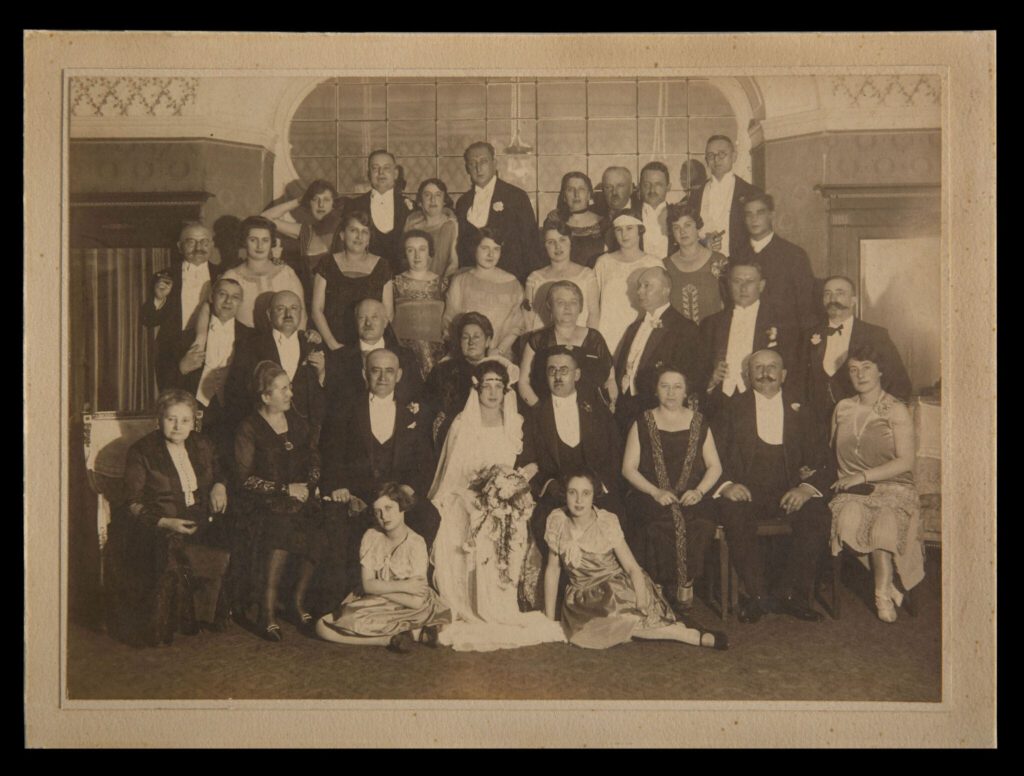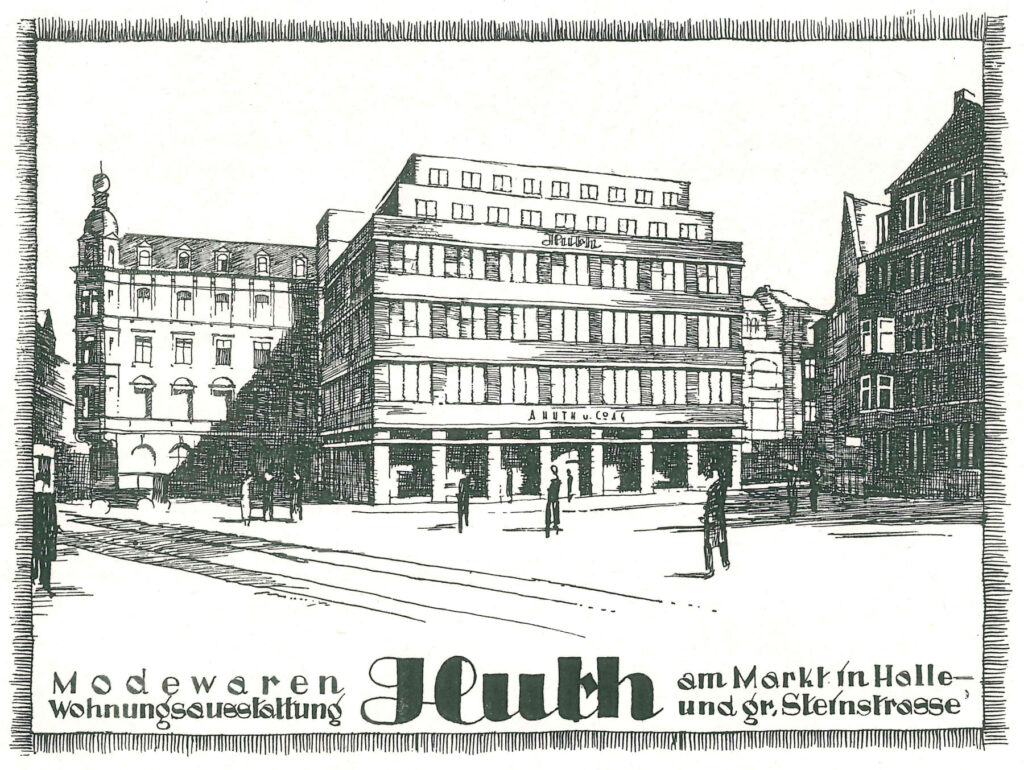To this day, former Jewish businesses and shops such as the Lewin Department Store (now Thalia) still characterize Halle’s distinctive cityscape. They bear witness to the glorious past of the Jewish community, which played a decisive role in Halle’s rise to become a Central German industrial metropolis. For Jews in Halle, the years of the Weimar Republic were a period of emancipation and prosperity, during which they were an integral part of the city’s society. From Halle, Jewish artists and scholars helped shape the scientific, intellectual, and cultural development of the time throughout Germany. Among them were the Bauhaus artist Marguerite Friedlaender-Wildenhain, the Indologist Betty Heimannn, the philosopher Edmund Husserl, the legal scholars Guido Kisch and Ernst Grünfeld, the architect Alfred Gellhorn, the theater director Leopold Sachse, and the Editor-in-Chief of the Saalezeitung Martin Feuchtwanger.
The Jewish community made its own contribution to modernism with the construction of a new mourning hall at the third Jewish cemetery on Boelckestrasse (now Dessauer Strasse): In 1929, the Leipzig-based architect Wilhelm Haller had one of the most original cemetery buildings in Germany at the time built in the Expressionist style. The Jewish temple was set on fire during the National Socialist era and was subsequently “optically neutralized as degenerate.” From then on, it served as a collection camp for deportations of Jews to the extermination camps.


Timeline Halle
- ↑ Destruction of the Halle synagogue – November 9, 1938
- ↓ Expansion of the synagogue – 1885
